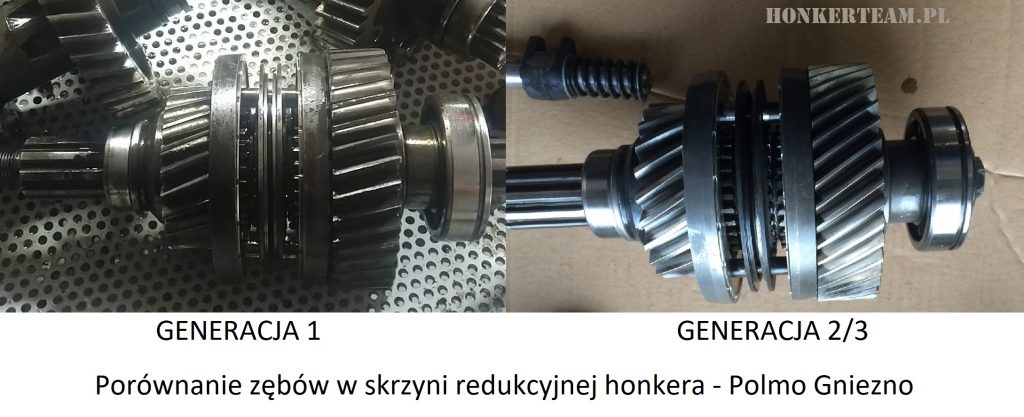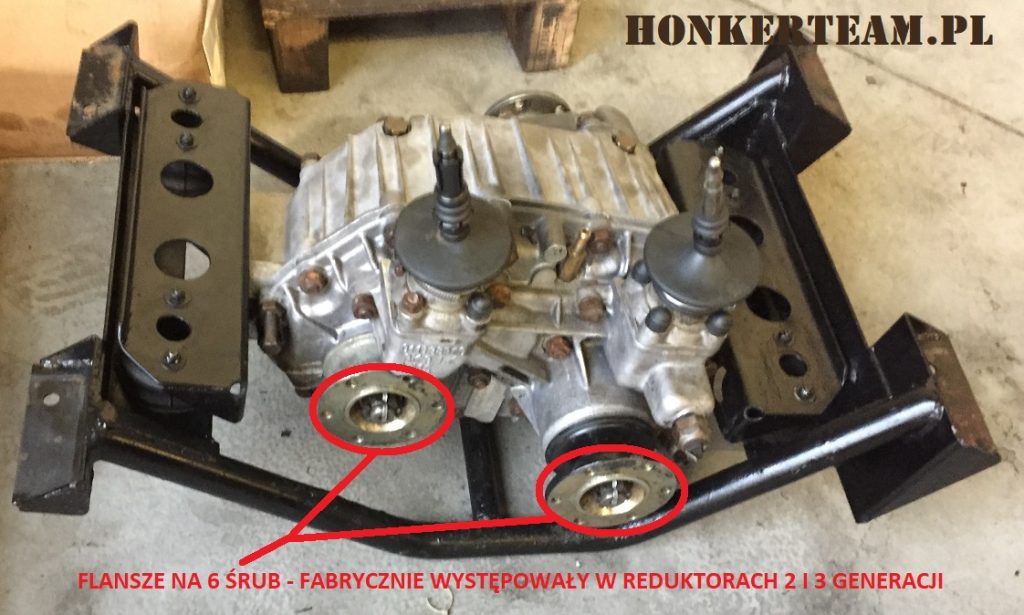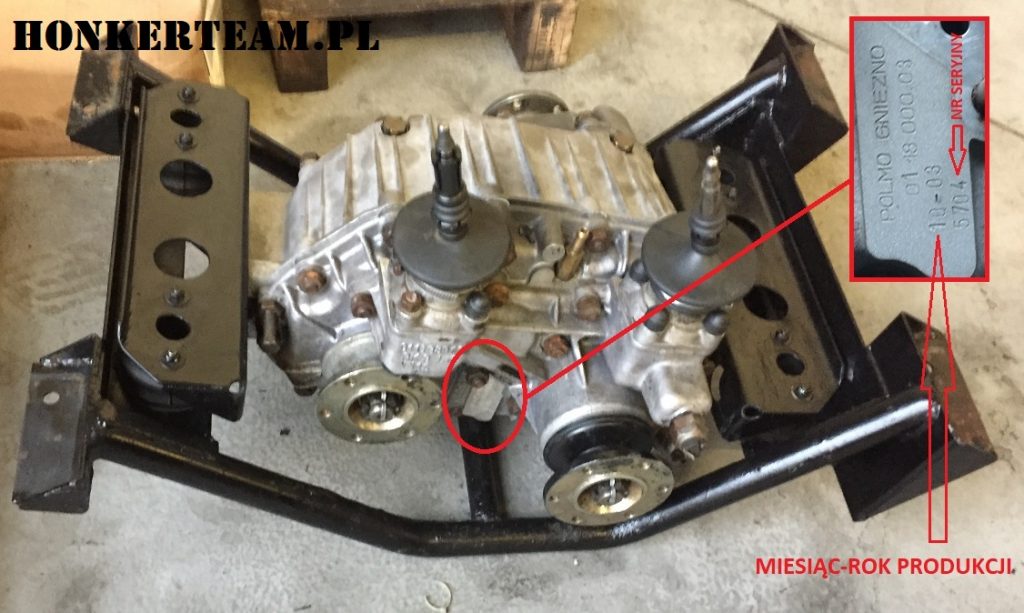Due to the great interest in the topic and frequently repeated questions, we decided to write a few words about the most common Polmo-Gniezno reducers in honkers.

Polmo-Gniezno's reduction box was used in all generations of honkers, starting with the 4011 honker tarpans through 4012, 4022, 4022s, 2324s, among others, up to the 2000 honkers.
The transmission at first glance has not changed over almost 30 years of production, however, it was produced in as many as 3 different generations. It was accepted that generation 1 occurred in cars coming from FSR, generation 2 occurred in honkers 2324, and generation 3 in honkers 2000. Admittedly, we met with a reducer from October 95, which already had the "guts" of generation 2, but we are not sure if it was in such a state from new or if it was the result of an earlier overhaul.
From the user's point of view, the most important differences are between generation 1 and generations 2 and 3. Generation 1, that is, the one used in the oldest units, had a different shape, size and number of teeth on the gears, making it much noisier and thus cumbersome in daily use.

A very common practice to improve the comfort of the honker from the first years of production is to replace the reducer with a "silent" one, i.e. generation 2 or 3.
It is accepted that when buying a reducer, the "noisy" ones, i.e. generation 1, can be recognized by the flanges, which only in this version have 4 holes, while the "quiet" reducers already have 6 holes each.
We strongly caution against suggesting flans alone!
The flanges are an interchangeable part, and there are known numerous cases of buying a "silent" reducer for an older honker, swapping the flanges so that the newer reducer fits the older 4-screw shafts, and reselling the old reducer but with the 6-screw flanges already in place.


In that case, is it possible to distinguish a "quiet" reducer from a "noisy" one without taking it apart and looking at its innards?
YES!
Although all castings of the reducer housing, including all cast inscriptions on it, were the same throughout the production period, and even honkers produced at FSC in Lublin had reducers still mounted with FSR inscriptions on the housing, there is one feature that will help us recognize the generation of the reducer quite quickly. This is the stamped date of production in MONTH-YEAR format. And although we do not have exact data on when exactly the next generation appeared, we can assume that it was more or less the same as the period of introduction of successive generations of honkers (4011/4012 etc - gen1, 2324-gen2, 2424/2000 - gen3).
Where to look for the production date of the reducer?

Differences between generation 2 and 3.
Both generations have the same teeth and are assumed to be "quiet". They also have flanges for 6 screws. Functionally, there are no differences between them. Changes, however, occurred in several design solutions. The main difference is the use of a different bearing arrangement on the input shaft: generation 2 has plain bearings, while generation 3 has needle bearings.



no comments on Polmo-Gniezno reducer